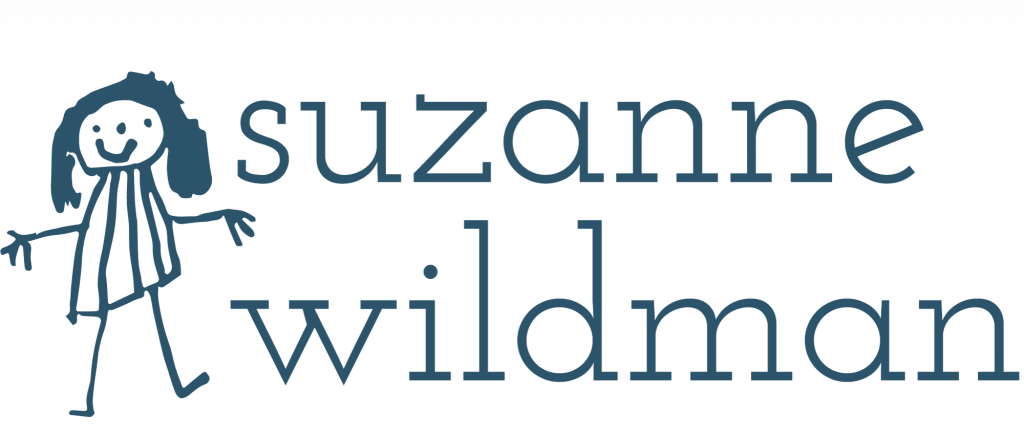 Raising a Thinking Child by Myrna B. Shure. New York: Pocket Books, 1994. xii+212 pages. $12.
Raising a Thinking Child by Myrna B. Shure. New York: Pocket Books, 1994. xii+212 pages. $12.
How much time and energy do we spend telling our children what to do and how to feel, correcting them, cajoling them into action, explaining consequences, giving reasons, and modeling? Think for a moment about the common ingredient of all these parent behaviors — children are being told what to think. Imagine a home life in which your children independently considered the consequences of their behavior, took into account the feelings and perspectives of others, and had the ability to find constructive alternative solutions to daily conflicts. Your response, like mine, would probably be: “Dream on.” Myrna Shure claims that children as young as 4 years old are capable of mastering these skills and has a program to help them do it.
Shure’s “I Can Problem Solve” program (ICPS) trains children how to think for themselves so that they can craft their own solutions. Children, like adults, she argues, are empowered and feel more invested in solutions that are their own. Thinking independently gives children a sense of control; being told what to think undermines confidence. Not surprisingly the author’s research also indicates that knowing how to think leads to noticeable improvements in school performance.
Shure’s building-block approach and its guiding principles, the result of 25 years of research and implementation, has been tested by parents, teachers, counselors and school psychologists in urban and suburban settings nation-wide. Much of the book is devoted to the preliminary language concepts and tools children need for problem solving, and to explaining game-oriented methods of teaching them. It is often difficult to translate abstract ideas into practical action so Shure’s comprehensive outlining of the relevant steps is helpful.
The book is filled with dialogues spelling out in great detail what we can say and do. While this is useful, Shure seems unaware of the irony here: she is telling her readers what to think instead of teaching them how to think for themselves. Another drawback is that Shure seems to be oblivious to the fact that her audience is intelligent — after all, who else would be interested in raising thinking children? There is a great deal of tedious duplication, and the constant references to ICPS give the book a narrow-minded, promotional tone. However, the book reads quickly and the astute reader can glean invaluable, practical ideas by skimming relevant sections.
In spite of these weaknesses this is a book worth considering because of the profound importance of teaching children how to think. Undoubtedly, children who know how to think will be in a much better position to face the multiplicity of problem-solving challenges that life presents to them.
